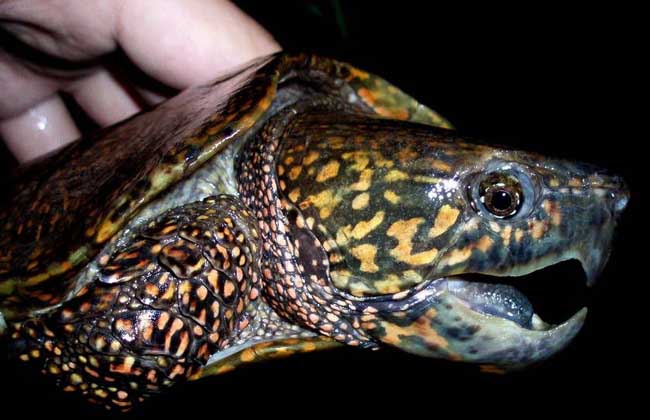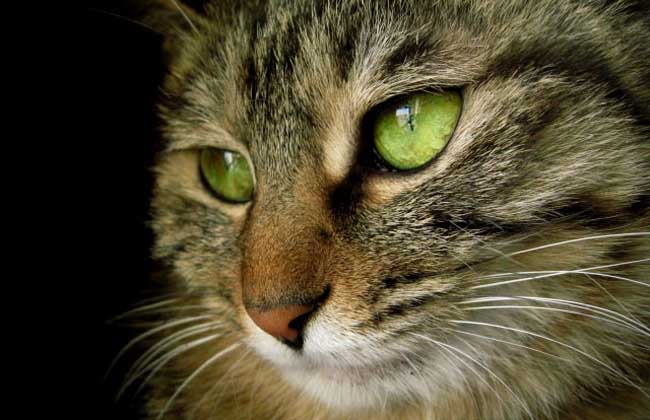How much is the olecranon turtle?

Olecranon turtles are the most special species of freshwater turtles in China, also known as flat-chested turtles, giant-headed turtles, parrot turtles and so on. Flat-chested turtles belong to the amphibious tortoise family. They like to live in mountain streams full of boulders and gravel. They feed on snails, clams, shellfish, shrimp, fish, crab frogs, insects and snails. They also eat leaves and grass roots when they are hungry. Let's take a look at how much a tortoise costs.
How much is the olecranon turtle?
The wholesale price of eagle-billed turtle seedlings is 350 yuan, and the retail price is about 400. the price of less than one catty is between 800,000 yuan and 1000 yuan, and that of more than one catty is between 1500 yuan and 2000 yuan. Olecranon turtles not only have ornamental value, but also have medicinal value, and the number of wild olecranon turtles is extremely rare, resulting in the current market price of olecranon turtles is very expensive. At present, most of the olecranon turtles on the market are sold by weight. In general, the price is about 1000 ±500RMB / jin. Of course, the price varies according to where they are located.
Male and female identification of olecranon turtles
1. Male: the carapace of the abdomen is longer, the center of the flat chest is slightly sunken, the tail is thick, and the cloacal foramen is far from the edge of the posterior part of the ventral nail, about 2.5 cm from the tail base.
2. Female: the center of the chest is very flat and there is no depression, and the body is very wide, and the anus is close to the edge of the abdomen, about 1.5 cm at the tail base.
Breeding methods of olecranon turtles
1. Water quality management: the water temperature of olecranon turtles should not be too high, preferably below 32 degrees, and the turtle tank should avoid direct sunlight as far as possible. Water quality should be strictly checked. In the south, tap water can be raised directly, and mountain spring water, well water and stream water can also be used. In the north, tap water can be placed for a period of time before it can be used. Moreover, olecranon turtles are violent and must not be mixed with other turtles or raised with multiple olecranon turtles.
2. Water level management: the water depth of the olecranon turtles should be at least above the turtle's back armor, and the maximum depth should not exceed 1 meter. There should be enough stones or other climbing objects in the tank for the turtles to climb. It is best to choose rough stones for breathing. The cylinder wall should be high enough to prevent the olecranon from escaping. Analysis: the powerful tail and four claws of the olecranon tortoise can easily escape from the low turtle tank.
3. Food choice: olecranon turtles eat not only animal feed but also plant feed. In order to make it grow fast, it should be based on animal feed, supplemented by plant feed, and need to add a variety of vitamins, trace elements, calcium, phosphorus and other mineral feed. The ratio of animal and plant feed should be 7:3 or 8:2, the feed should be fresh, feed should be finished on the same day of processing, no rotten food should be fed.
4. Feeding: olecranon turtles need to process large pieces of bait such as fish and shrimp into small pieces before feeding, so as to facilitate the turtle to eat, and put the bait into the water to adapt to the habit of olecranon turtles like to eat underwater. The amount of each feeding is 20.3% of the turtle's body weight, once a day in summer and once every two days in spring and autumn. No feeding is required when the water temperature is below 20 ℃. Each feeding time is basically fixed, regular feeding is conducive to the formation of conditioned reflex of turtles, but also easy to observe the eating situation of turtles.
5. Disease prevention and control: olecranon turtles have strong vitality and usually do not get sick, but if they are not properly raised, diseases such as nutrition and metabolism will occur. If diseases occur, they need to prescribe the right medicine in time. At the same time, attention should be paid to changing the water in the breeding pond, every 2 days in summer and every 5 days in spring and autumn, so as to keep the water quality clean and do a good job in tortoise disease prevention.
Related
- A course of planting techniques and methods on how to grow carrots
- How to plant the latest tulips?
- Is it better to pick tea in the morning or in the afternoon? When is the best time for tea to be picked? what is the third or fifth tea?
- Launch Yuanxiao Happy combination Haocha + Tea Yuan healthy Taste
- Penghu Tourism "Fireworks 20 Parade with You"
- 2022 West Lake Happiness holds "Digital Revitalization Voucher" and draws iphone13 and laptop.
- Banqiao Fuzhou social houses are designed to change start-up combined with police elimination to create a safe and livable environment
- The convenient measure of "mechanical weeding" in Xinbei has been abused and the Agriculture Bureau has imposed heavy penalties on the illegal land consolidation.
- Changgeng University Joins Hands with Four Memory Factories to Rescue Memory Talent Shortage
- The list of Taiwan's top 100 MVP managers is listed by the Director-General of the Farmers' Association of Sanxia District.



